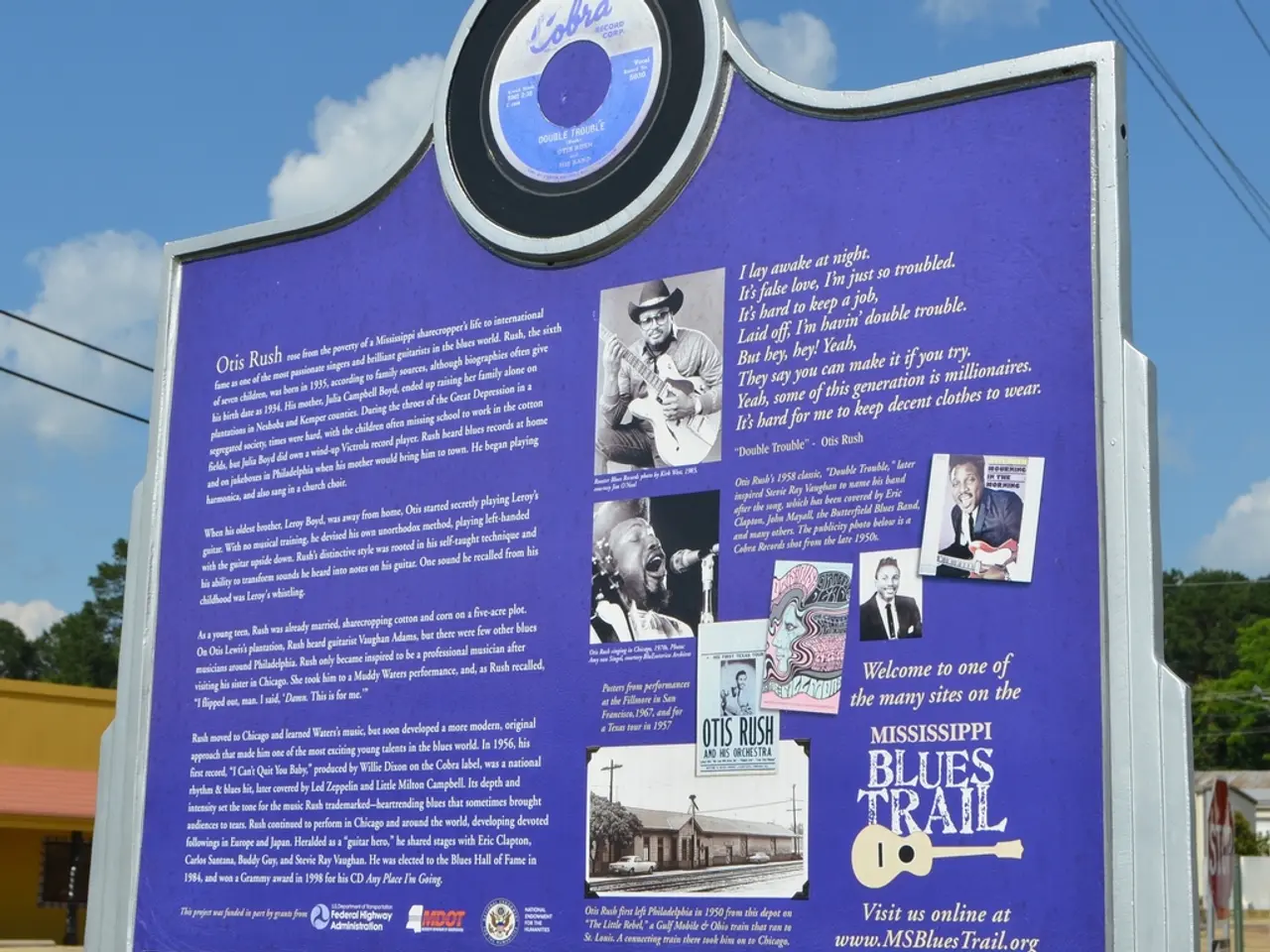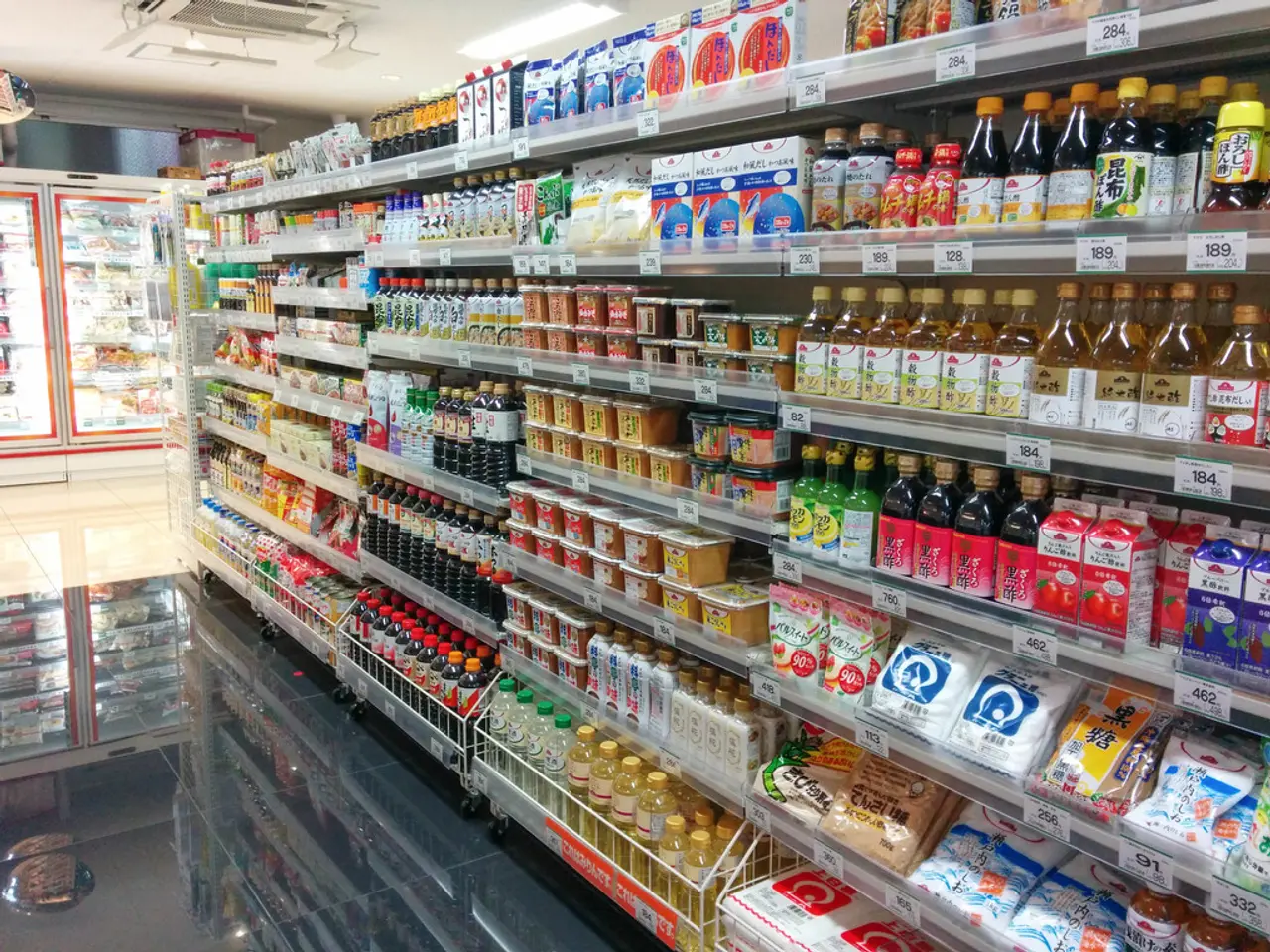Dealership Divulges Findings from EVForward Research: Emphasizing Home Charging Importance and Restroom Availability
A new study, the 2024 Charging Experience DeepDive by EVForward®, has shed light on the key strategies that charge point operators can employ to challenge Tesla's dominant public charging network. The research, which is the largest and most comprehensive study focused on the next generation of BEV buyers, highlights the areas where improvement is needed to cater to a wider EV driver base.
Prioritising Openness and Interoperability
One of the primary strategies is to open up to Tesla’s connector standard (NACS) and interoperability. Many operators, including ChargePoint and Electrify America, plan to support Tesla’s North American Charging Standard (NACS) to allow Tesla and other EV drivers seamless access. This reduces the barrier created by connector incompatibility, which Tesla has made a competitive advantage.
Offering Adapters or Compatibility Solutions
Similar to Lucid Group selling adapters that enable their cars to use Tesla superchargers, charge point operators can provide or support adapter solutions to broaden compatibility with Tesla vehicles, capturing Tesla drivers who seek alternatives or additional charging locations.
Expanding Fast-Charging Infrastructure with Reliability
Tesla’s supercharger network is known for speed and reliability, so competing networks should invest in rapid DC fast chargers with high uptime and sufficient port density to minimize wait times. For example, the US saw a 23% surge in new DC fast charging ports in Q2 2025, indicating an aggressive push to scale capacity. Operators that improve reliability and reduce faults can attract users frustrated by Tesla network congestion or outages.
Partnerships and Alliances
Forming alliances, as seen in Europe with companies like Ionity and Fastned pooling resources to create a large public charging network, can help operators share infrastructure costs, increase station coverage, and provide a seamless user experience across regions.
Enhanced User Experience and Digital Integration
Integrating app-based payments, real-time monitoring, and seamless authentication (such as in the Lucid Air example using the Lucid app to initiate charging and payments) improves convenience and encourages loyalty.
Sustainability and Renewable Energy Sourcing
Offering charging powered by renewable energy, like Zero 60’s renewable-powered stations, can appeal to environmentally conscious users and differentiate from competitors.
Competitive Pricing and Incentives
Offering lower prices, loyalty programs, or partnerships (such as with rideshare firms) can attract users and complement infrastructure improvements.
By prioritising openness (interoperability), robust and widespread fast charger deployment, superior reliability, user-friendly digital integration, and partnerships across the ecosystem, charge point operators can effectively compete with Tesla’s public charging network and capture a wider EV driver base.
Addressing Public Charging Challenges
The research underscores how public charging remains a weak spot in the BEV ownership experience. Slow charging speeds, long waits for available chargers, and high costs are common complaints among BEV owners at public charging stations. Two-thirds of new-car shoppers, and an even higher percentage of EV Intenders, expressed a preference for automakers to select and install their home charging equipment.
Reducing Time Anxiety and Recreating the Gas Station Experience
The study identifies key strategies for charge point operators looking to compete with Tesla, including reducing "Time AnxietyTM" (the worry about how long it will take to charge) and recreating the gas station experience. Adding amenities such as restrooms, security cameras, food options, and free Wi-Fi could entice 64% of drivers to choose a given network over Tesla.
Tesla owners report these issues significantly less frequently than non-Tesla owners, which has made the Tesla Supercharger network the most trusted charging brand among consumers. However, by addressing these challenges, charge point operators can attract a broader audience and contribute to the growth of the electric vehicle market.
- Charge point operators can help bridge the connector gap by supporting Tesla's North American Charging Standard (NACS), allowing a seamless experience for Tesla and other electric vehicle (EV) drivers.
- Partnerships with companies like Lucid Group, who provide adapters for Tesla superchargers, can be a strategic solution for charge point operators to attract Tesla drivers seeking alternative or additional charging locations.
- To effectively compete with Tesla's fast-charging infrastructure, operators should invest in reliable, high uptime, and densely-packed DC fast chargers, aiming to minimize wait times and gain market share from frustrated users.
- In a move to improve usability, operators can integrate app-based payments, real-time monitoring, and seamless authentication systems, emulating the user-friendly experience found in vehicles like the Lucid Air.
- These strategies, focusing on openness, enhanced user experience, and infrastructure improvements, can help charge point operators capture a wider EV driver base, addressing common complaints about public charging and ultimately contributing to the growth of the electric vehicle market.
- Beyond user convenience, addressing public charging challenges involves reducing "Time Anxiety" and replicating the amenities offered at traditional gas stations, such as installing restrooms, security cameras, and food options, to lure 64% of drivers away from Tesla's dominant network.




